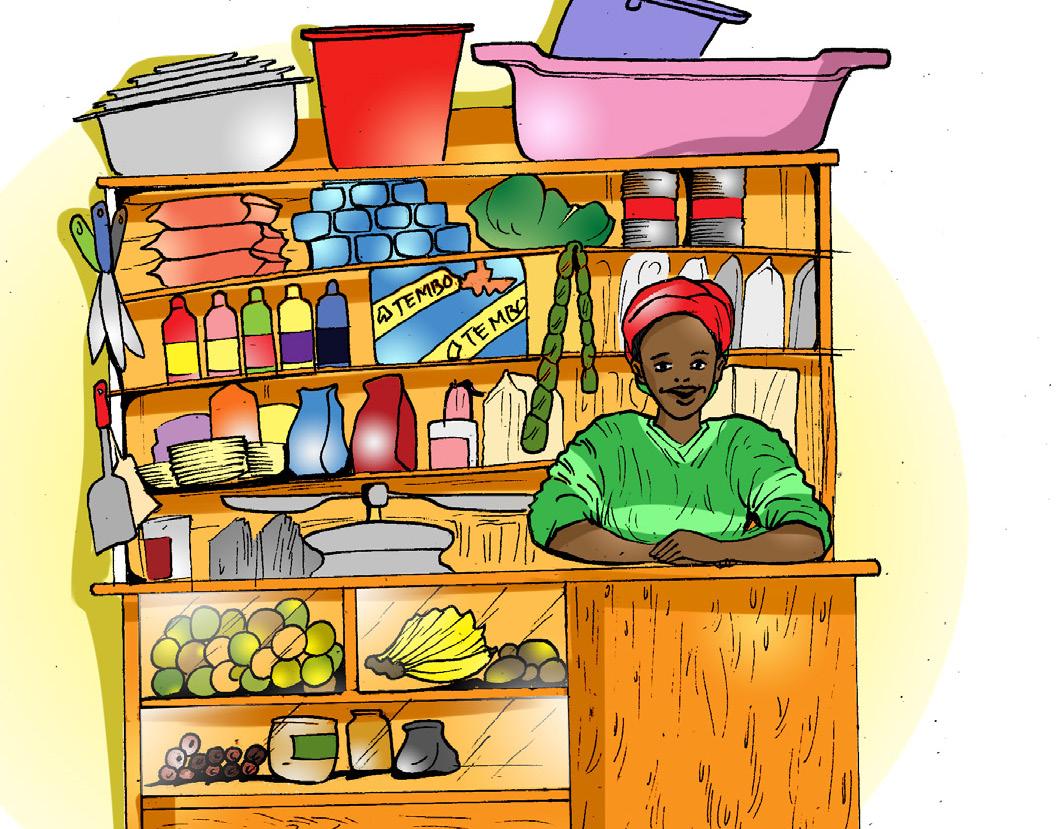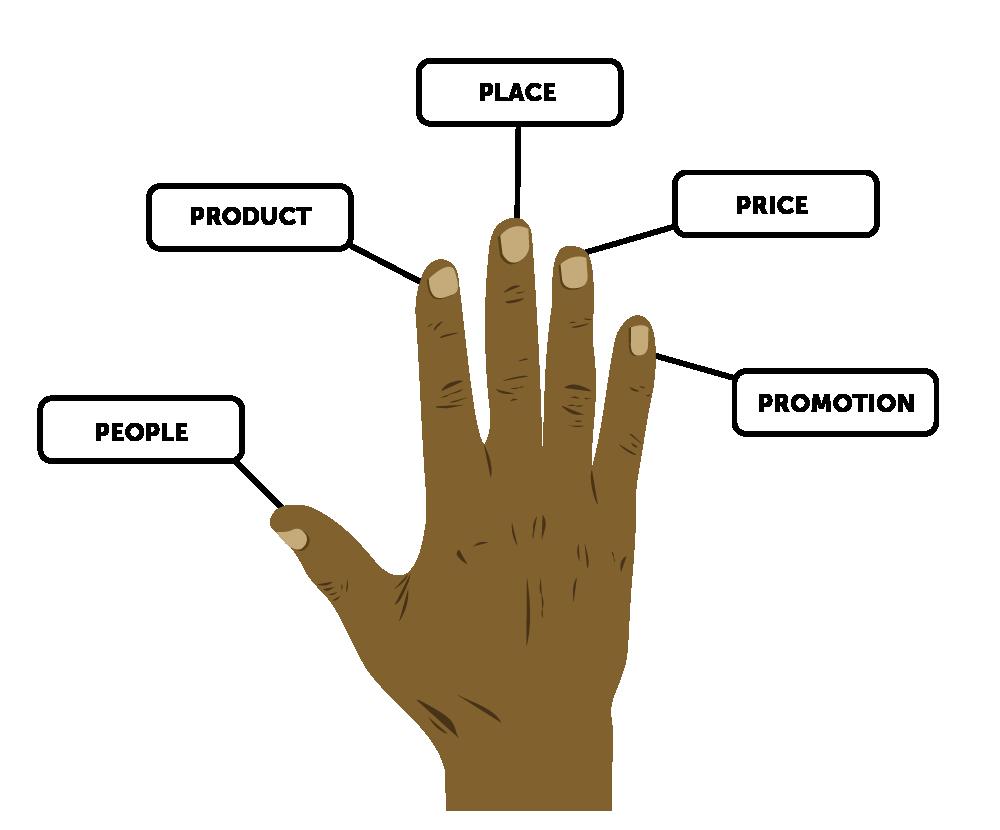
4 minute read
Lesson 5. Customer care
Anchor scriptures:
• James 2:1-5: My brothers and sisters, believers in our glorious Lord Jesus Christ must not show favoritism. Suppose a man comes into your meeting wearing a gold ring and fine clothes, and a poor man in filthy old clothes also comes in. If you show special attention to the man wearing fine clothes and say, “Here’s a good seat for you,” but say to the poor man, “You stand there” or “Sit on the floor by my feet,” have you not discriminated among yourselves and become judges with evil thoughts? Listen, my dear brothers and sisters: Has not God chosen those who are poor in the eyes of the world to be rich in faith and to inherit the kingdom he promised those who love him?
Advertisement
Specific learning objectives: Participants will be able to:
• Identify various ways of caring for their customer • Apply universally accepted Do’s and Don’ts of customer service
Ask participants: What do you consider to be “customer care”? When you satisfy your customers and give them a good experience, they often come back to buy from your shop. When we talk about customer care, we mean being considerate of customers’ needs and preferences in some of the following ways: • Attracting customers • Being attentive to customers • Maintaining a clean and well-arranged shop • Transporting products to where the customers are as an after-sales service • Choosing attractive prices that will keep customers coming back • Learning and explaining the benefits of products to customers • Being friendly and helpful towards customers You can remember the key aspects of providing good service by remembering your five fingers. Explain the illustration of a hand.
• Thumb: people/clients – respect your clients and give them attention. • Index finger: services/products - give clients products and services they want/need. • Middle finger: place and time – choose a place where you can get a big number of clients. • Ring Finger: price – fix a price that clients can afford to pay and you also get to gain some profits from it. • Pinky/Baby finger: advert/promotion – promote your business through good advertisements to use to attract more clients.

DOs
Discuss: what are some good practices of customer care? Accept participant answers and emphasize these points: * Greet; say welcome, please and thank you. * Say: Excuse me and I’m sorry when you fail to understand someone, when someone is in your way, or when you do something incorrectly. * Be friendly, smile when it’s appropriate and focus attention to your customer. * Inform customer of the time it takes to complete the service he/she requires. * Take criticism positively; thank customers for bringing complaints to your attention.
* Follow up on customer complaints and inform them of action taken. * Treat customers like kings or queens; * Promise less and deliver more.
DON’TS
Read aloud: Before Kabalisa opened her own shop, she was working for a tailor in the same town. Her boss would only speak with specific customers who were personal friends. All the other customers were sent off to the assistant tailors. Kabalisa noticed that her boss looked bored and annoyed when customers walked in, especially those with young children. She would keep them waiting until the child began to fuss and then ask them to come back another day. Most never came back. One day a friend of the shop owner’s came and requested to have a kitenge outfit made for a wedding. She made it clear that she wanted it the next day and although Kabalisa tried to protest, her boss accepted the order and promised to have the outfit ready in less than 24 hours. While rushing to beat the deadline, the boss cut the fabric poorly and then passed it on to Kabalisa to stitch. When the client returned, she couldn’t fit into the outfit since a lot of material had been wasted in cutting. The client raised a complaint but the boss brushed her mistake off and told her friend not to worry since she could afford to buy similar fabric. The customer left upset and disappointed. Soon word went round that the owner of the shop had mistreated her friend. This led to the closing of the shop and Kabalisa was forced to open her own shop to earn a living.
Discuss: What are some things you heard in the story that you should never do to customers? * Ignore those who visit to your place of business. * Ignore or take lightly mistakes or acts of negligence, even if you think they are minor. * Make promises you can’t keep. * Keep a customer waiting * Look distracted, bored or unconcerned, annoyed or, worse, argue when a customer complains. * Neglect to follow up on customer complaints or to provide feedback on what was done.
Closing activity:
Ask the participants to recall the five fingers of good customer care.









